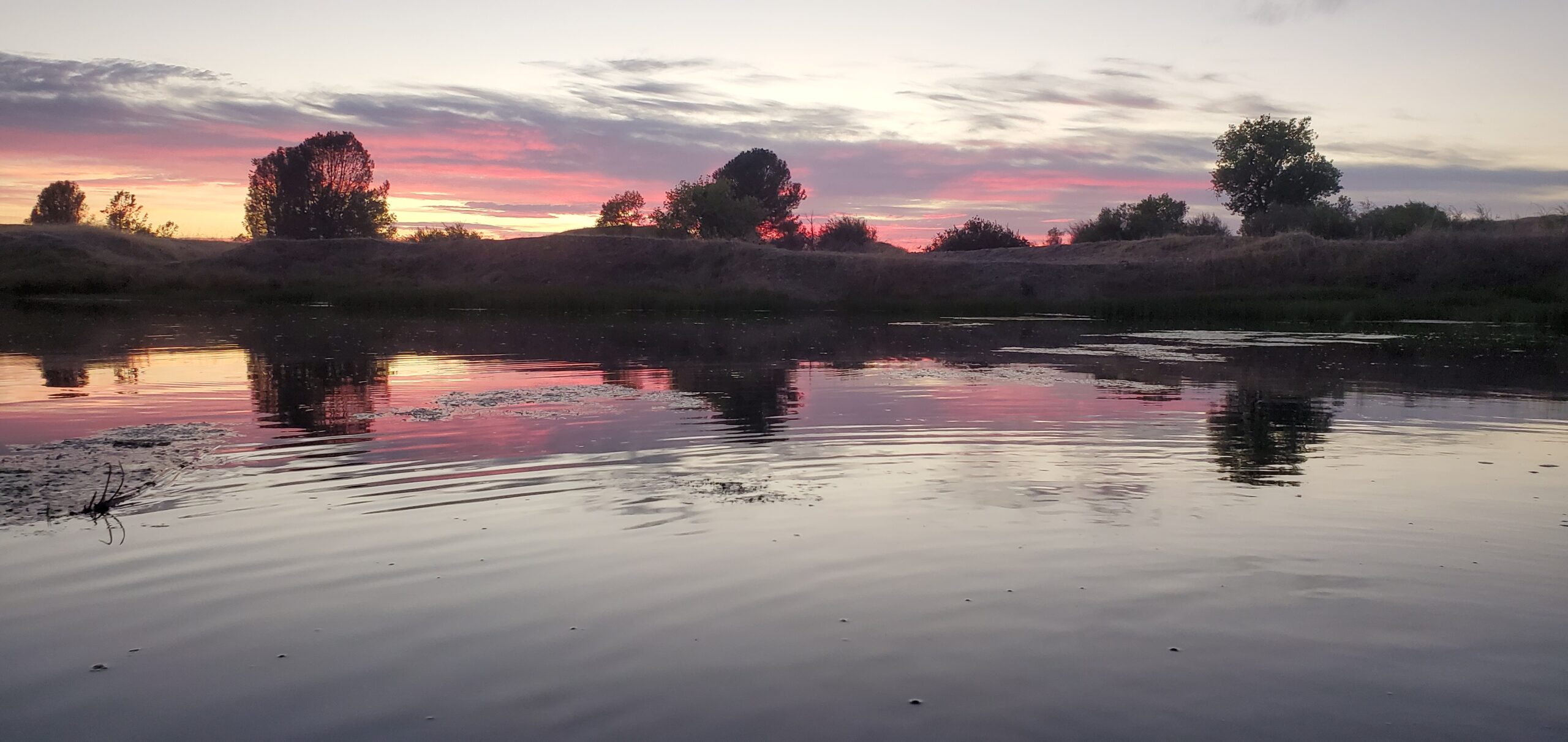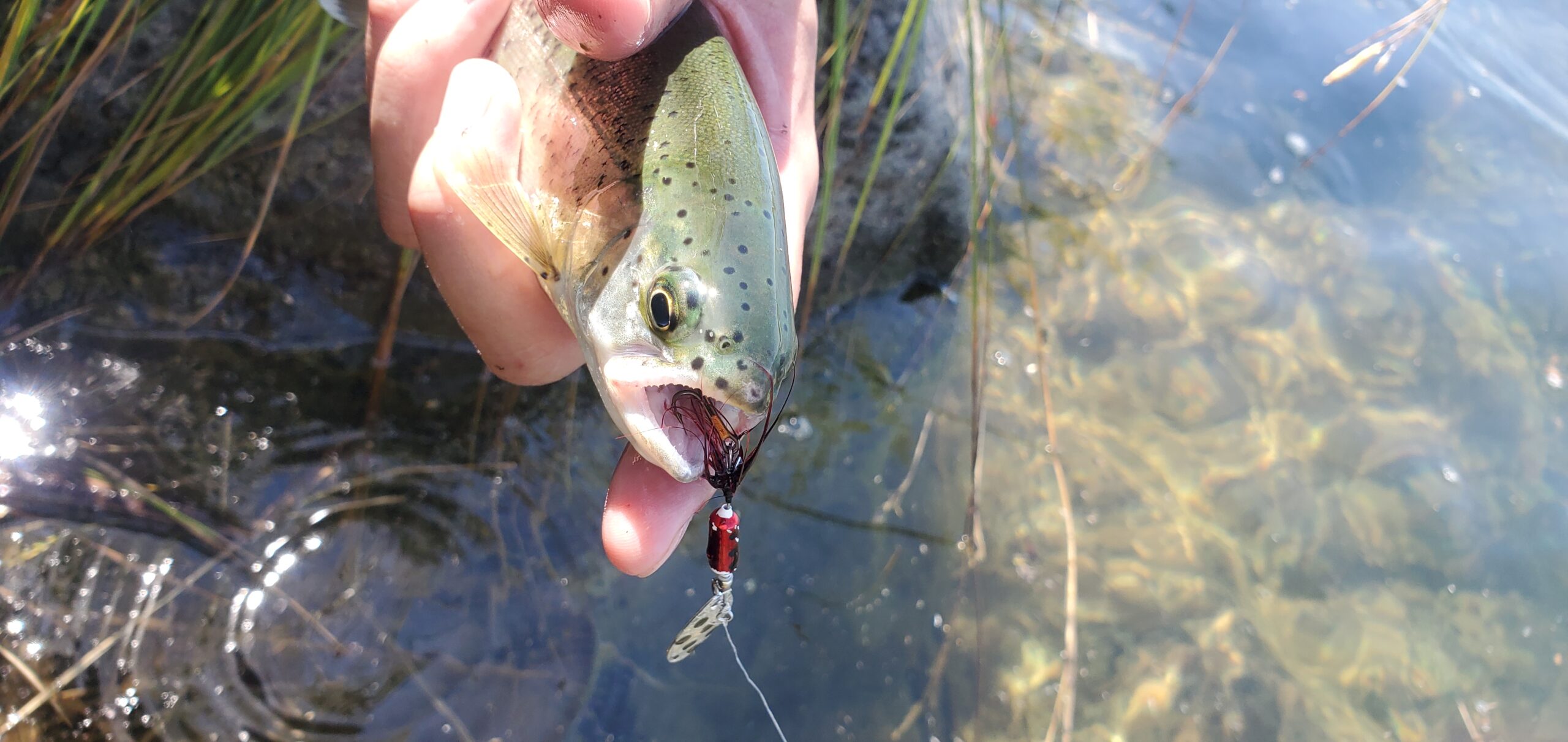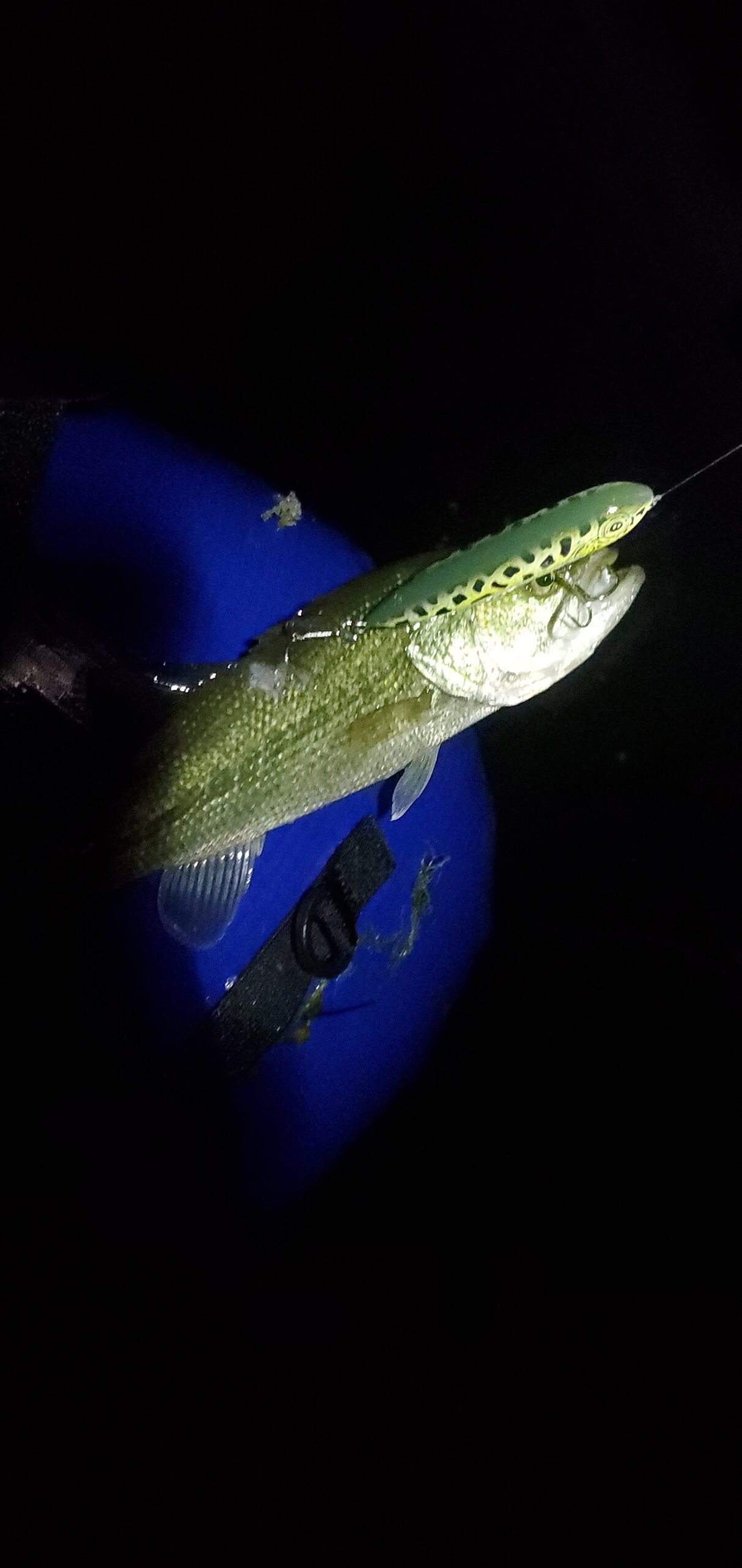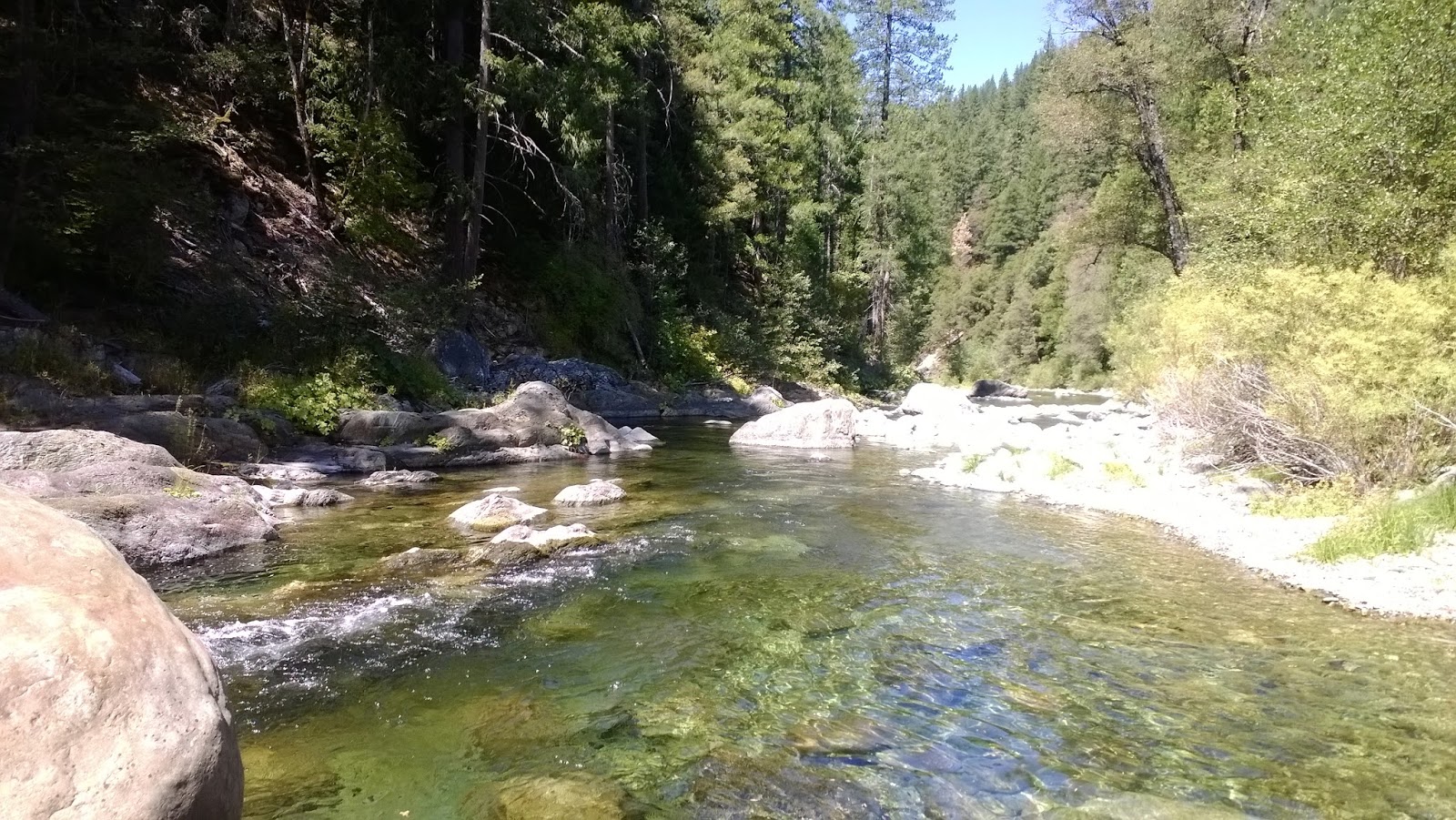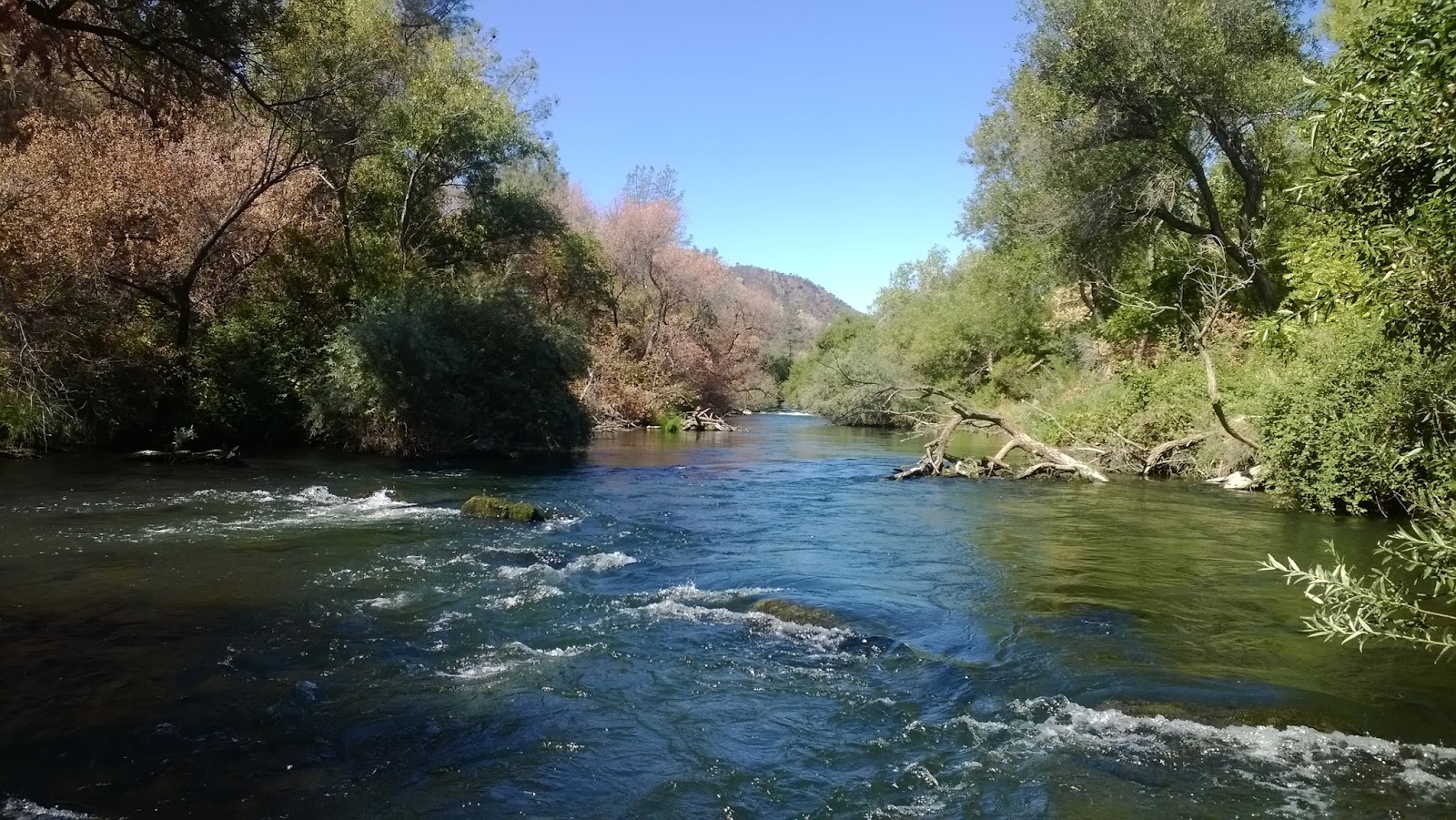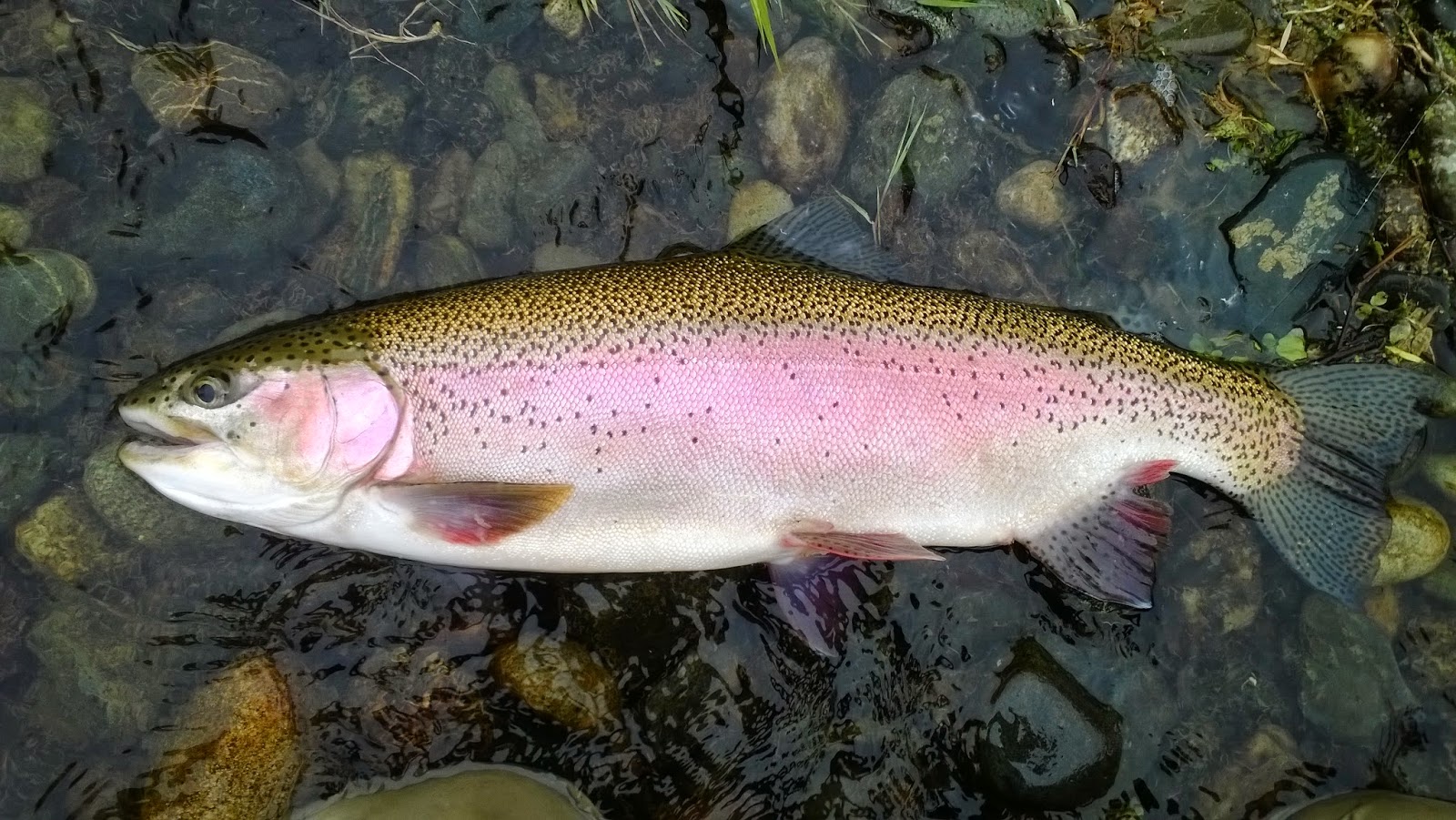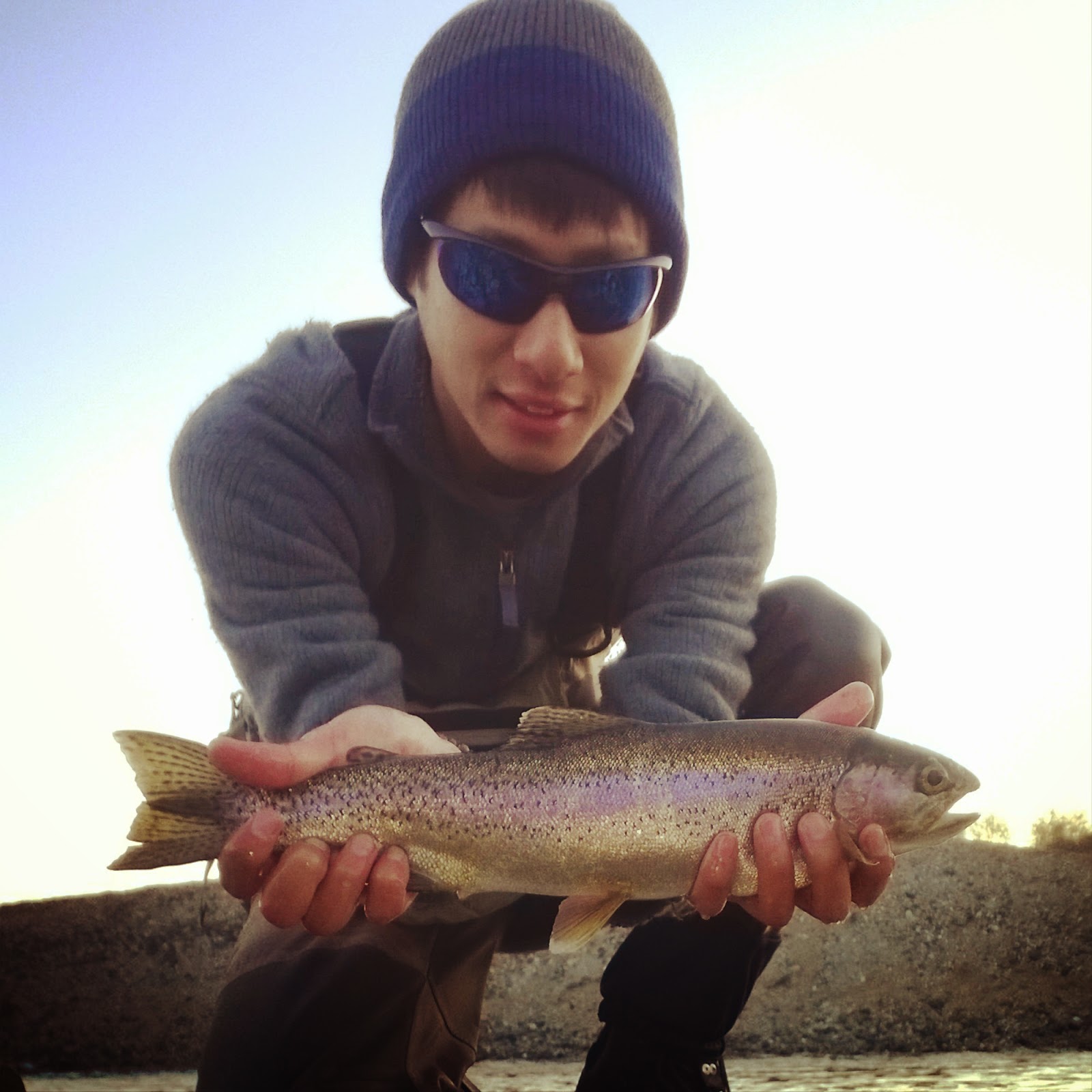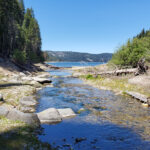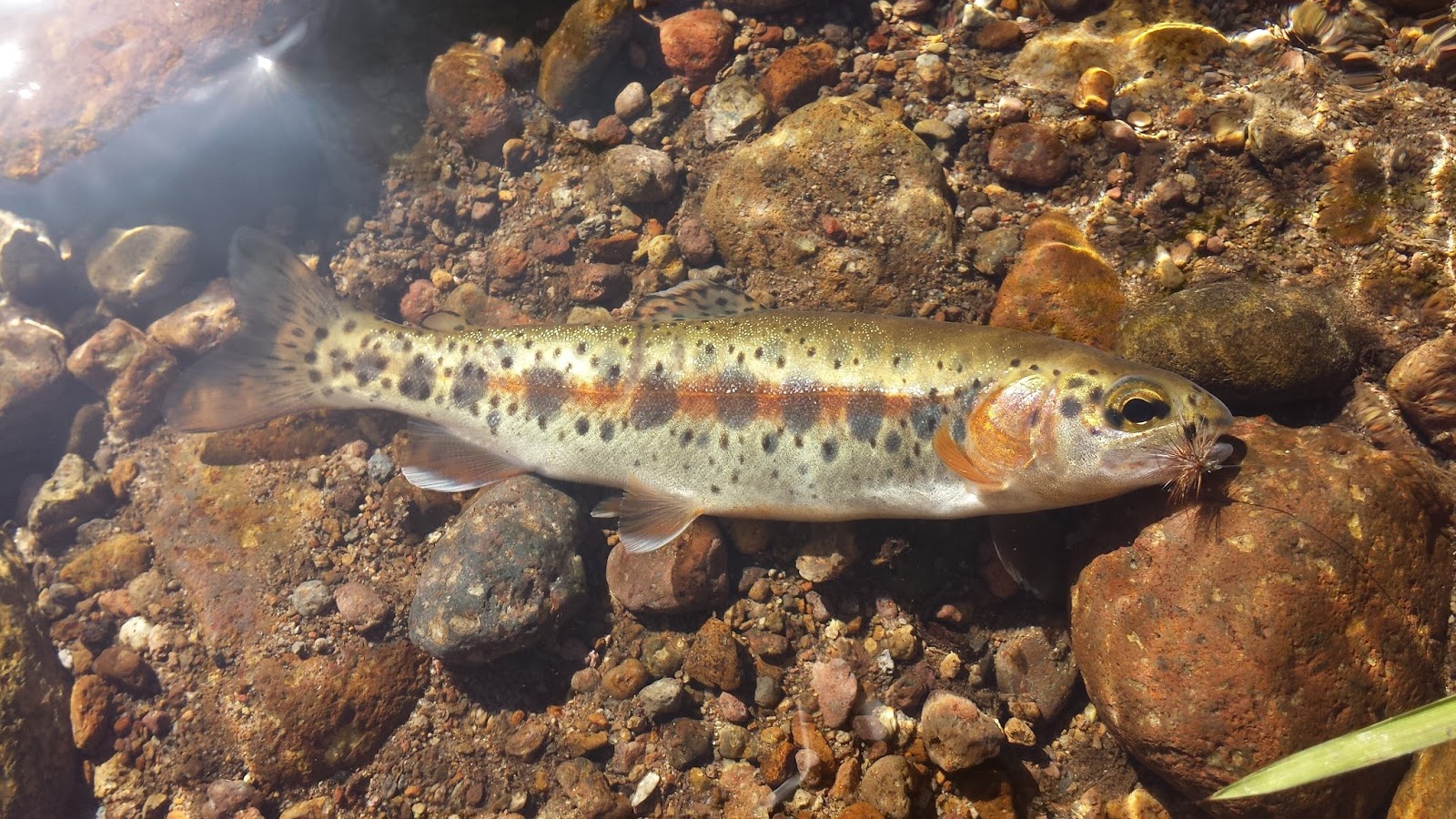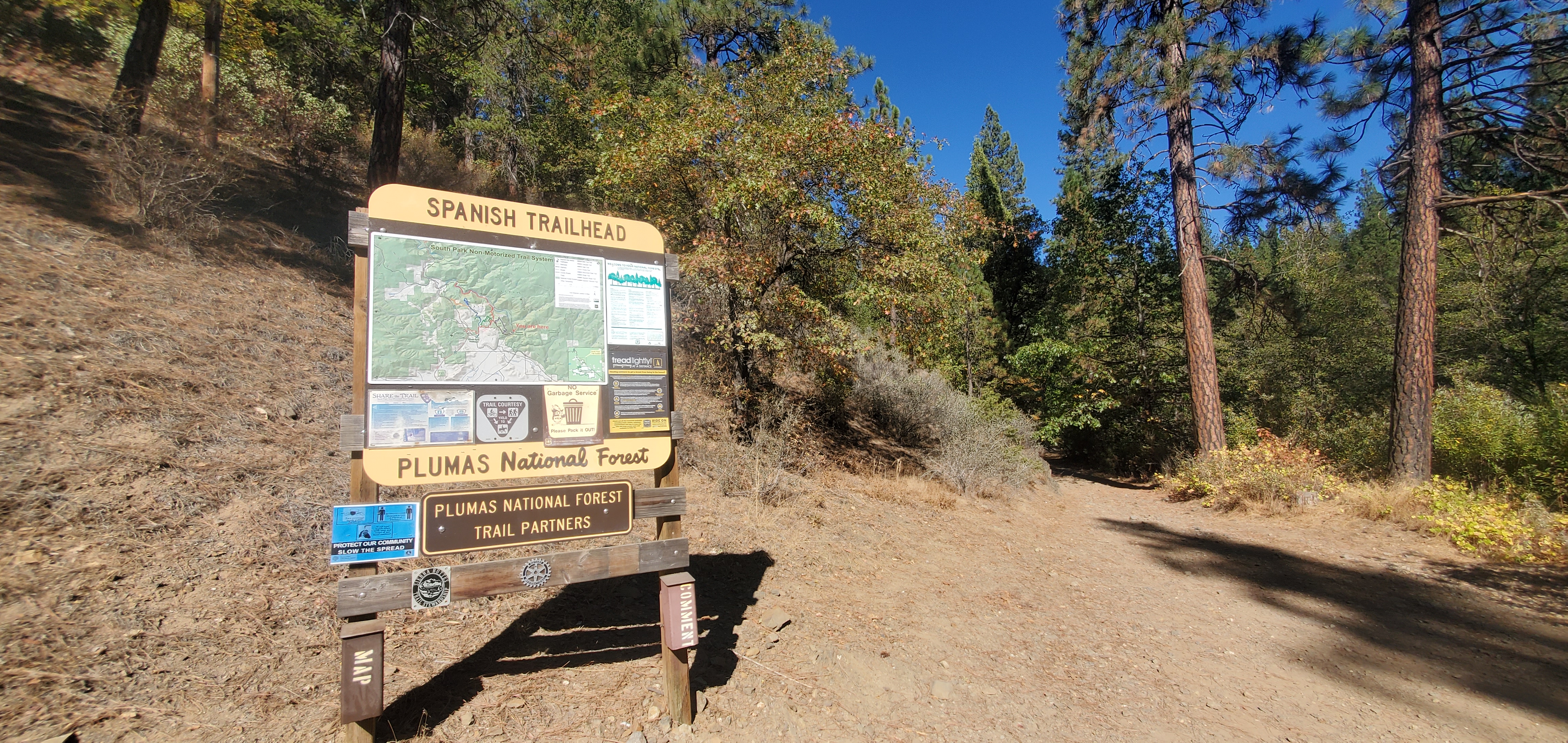
Last night at work I had finally made my decision. I texted my wife, “I’m going to go buy a fly rod tomorrow. It’s going to be the last one I ever buy.”
Over the years I’ve accumulated quite an arsenal of fly fishing gear. I currently have a fly rod for every type of water that I fish: 2WT and 3WT for small waters, 5WT for general , 6WT for stillwaters, 6WT for streamers, 6WT for travel, 5WT switch rod for spey casting valley rivers, 7WT switch rod for spey casting coastal rivers, and 8WT for Pyramid Lake. With the rods that I own now I can perform every type of fly fishing presentation however I was missing one of the most important types of presentation; euro-nymphing.
The euro-nymphing technique to me is a more refined and specialized way of tight-line nymphing. Any fly rod can tight-line nymph in a euro style however only true euro-nymphing fly rods can provide anglers with the purest euro-nymphing experience. The long length of a euro-nymphing rod, typically 10ft, is fundamental. A longer fly rod provides anglers with the extra reach to get to the fishiest parts of the river in addition to enhancing the direct contact of your presentation as there is less drag when guiding your flies through the water. Euro-nymphing rods are designed to be light and sensitive at the tip and heavy and powerful at the bottom near the butt. This unique design helps keep the top feeling like a 3WT and the bottom feeling like a 5WT.
The fly rod I settled for was the Echo Shadow II 3WT. Echo rods are some of my favorite rods as they are affordable, fantastic to cast, perform great on the water, and come with a lifetime warranty.
As far are euro-nymphing tackle. Euro-leaders are simple to tie however I opted for a premade Rio euro-leader for convenience. Euro-nymphing fly patterns are weighted jig-head style patterns that float hook side-up. I currently don’t have the means of tying any euro-nymphs at this time due to lack of materials and hooks but I hope to start gathering some to experiment on own patterns.
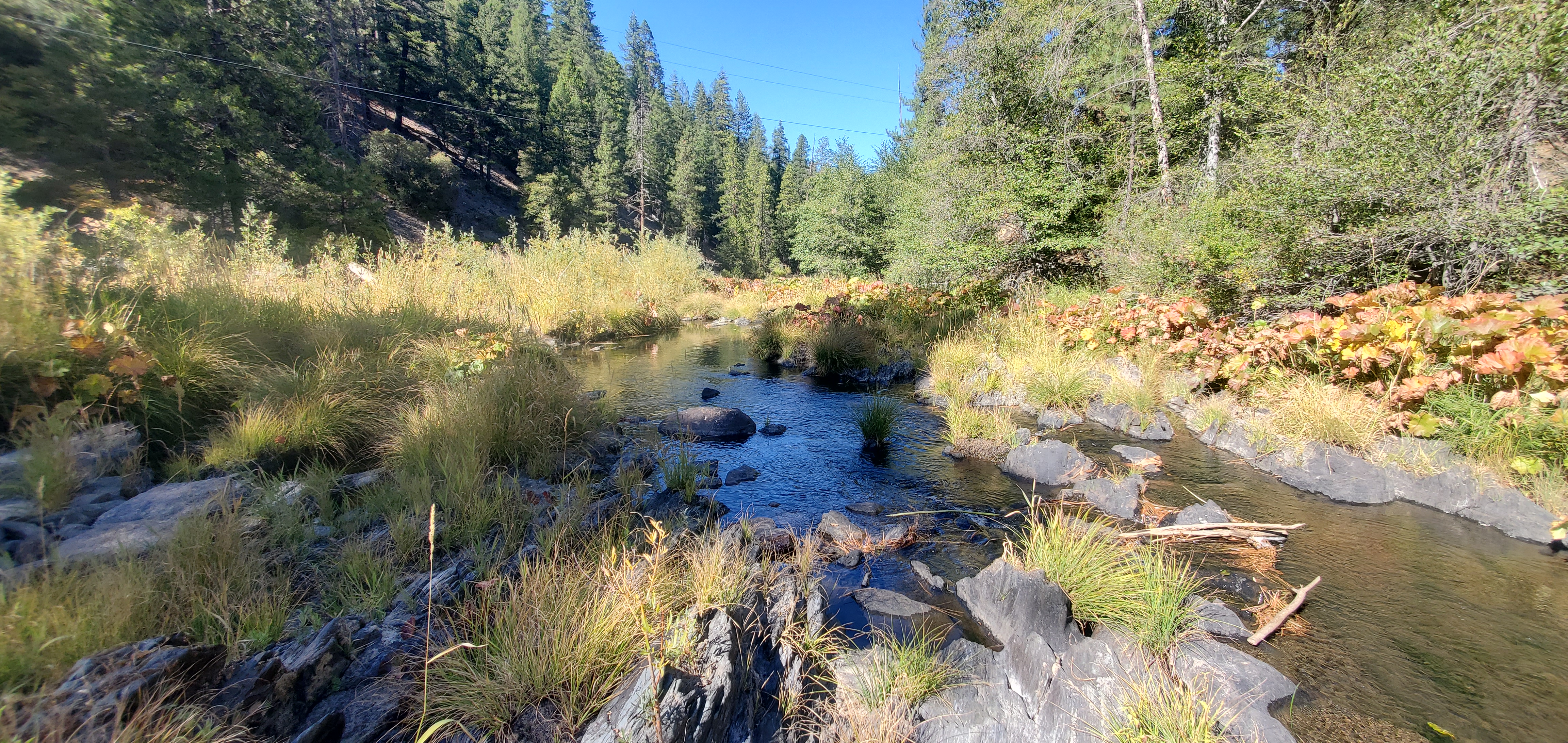
Spanish Creek is a small creek that originates from Spanish Peak west of the town of Quincy. The stream flows downstream crossing HWY 70 on the outskirts of Quincy and parallels HWY 70 where several streams join it eventually emptying into the North Forth of the Feather River.
I’ve fished Spanish Creek once near the Keddie area and worked my way upstream about half a mile. The fishing was fair for the time of year I fished it and although fun I wasn’t too impressed. My plan this trip was to fish it from Oakland Camp Road bridge outside of Quincy and work my way downstream to Oakland Camp.
The weather was great with cold mornings and warm afternoons. I was curious about how the flows were considering it was it fall and there hasn’t been a drop of rain since early winter. The water was surprisingly cold and the flows were low but very fishable. I fished below the small bridge and started hooking fish right away on a prince nymph. There were larger mayflies coming off and their shucks could be found in the slower water near the bank. I saw a few riser but wanted to stick to playing with my new euro-stick.
This section of Spanish Creek was easily accessible however I noticed a lot of frog water between the riffles, runs, and pools. Thankfully there was a nice trail that followed the creek downstream that I used several times to avoid the stretches of frog water. The fish appeared to be stacked right below the sparse riffles eating anything they could find. The largest fish I caught was about 10” in this section with the average being in the 6” – 8” range.
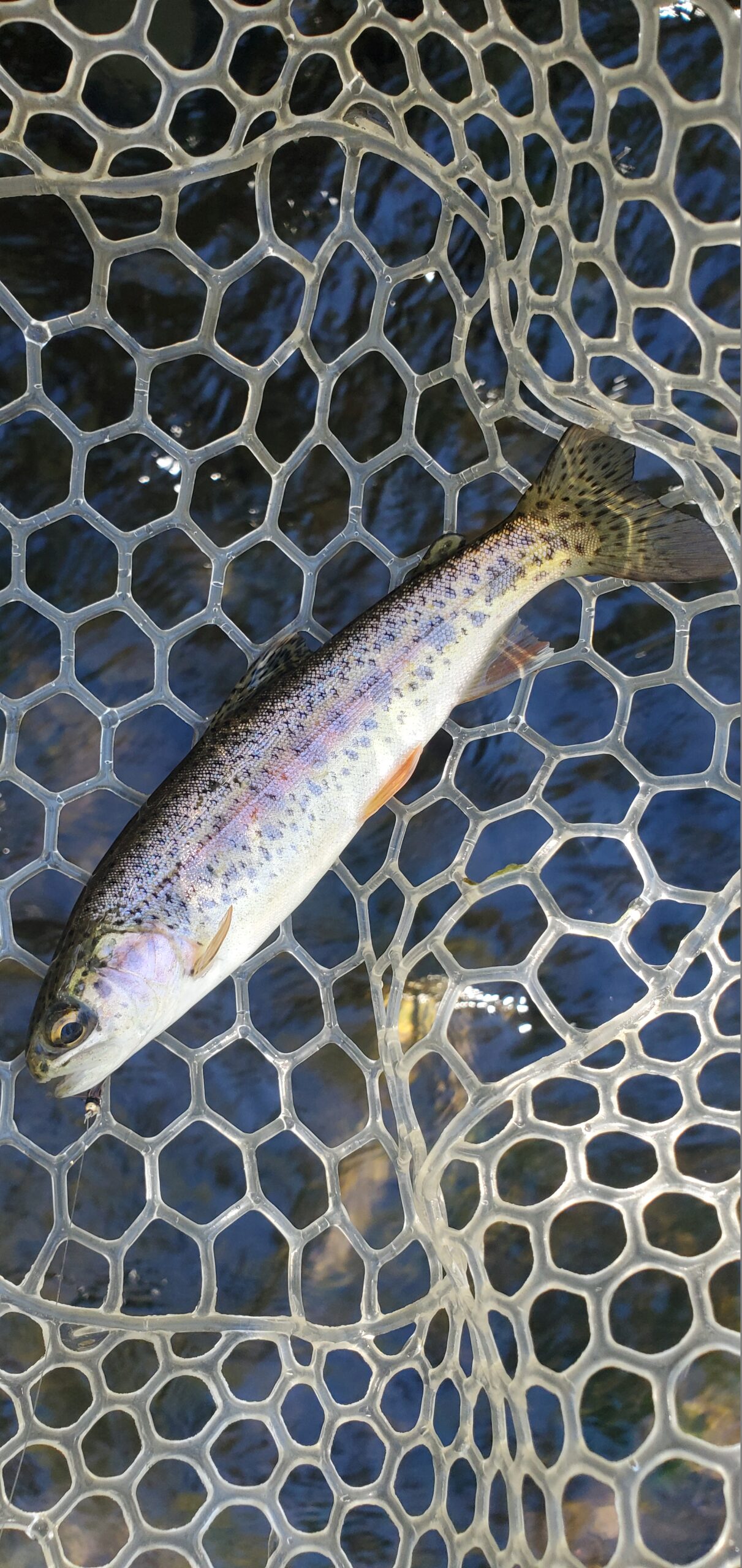
I made my way down to Oakland Camp and fished an area that was modified to create a large swimming pool and called it a day for this section of Spanish Creek. I still had some time left and decided to continue fishing Spanish Creek near the Spanish Creek campground. I hadn’t fish this section before but had feeling that I’d be able to catch some bigger fish since this section had bigger water.
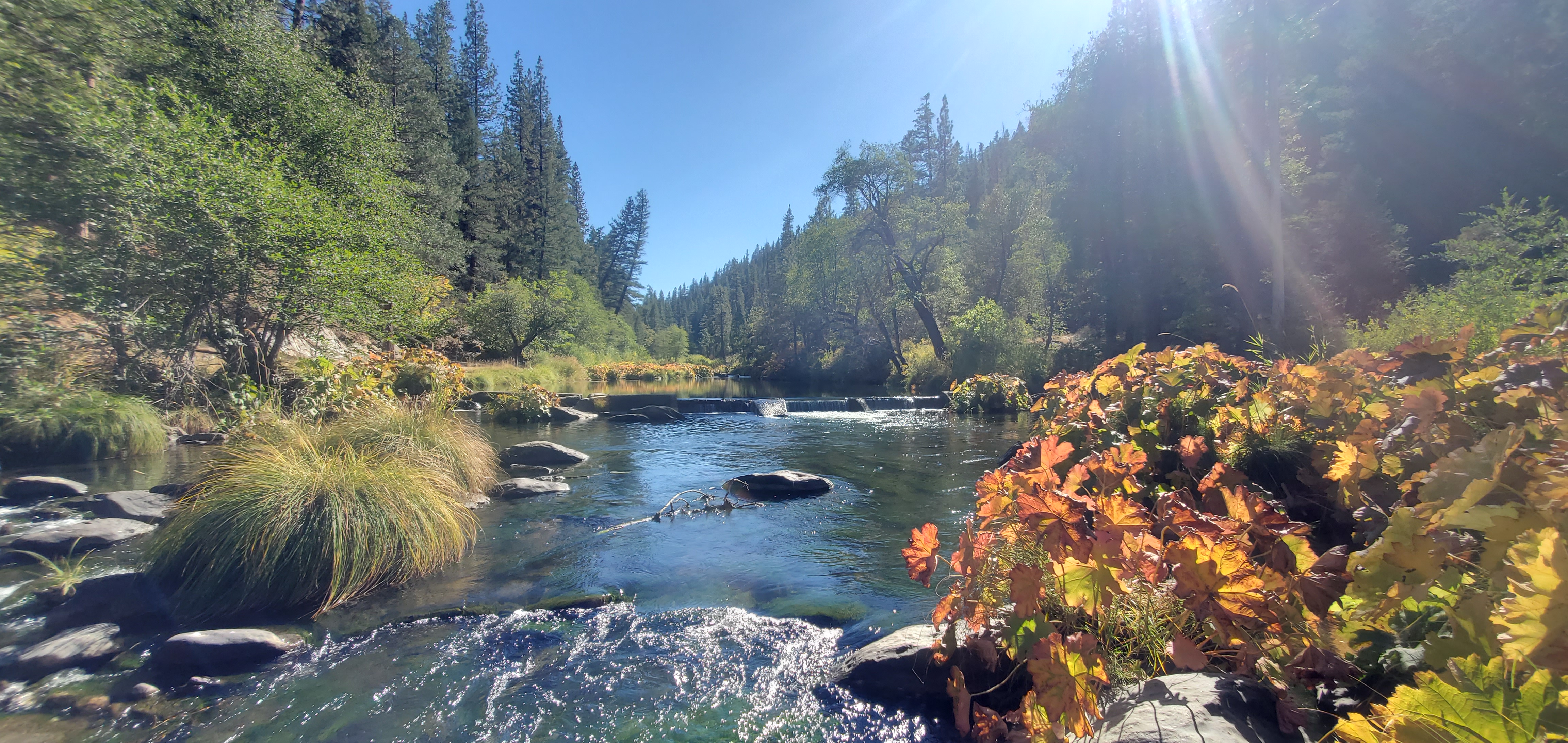
The campground was closed so I had to park near the HWY and hike down the hill. The fishing was good with bigger fish like I had hypothesized. The water in this area had quite a bit of frog water as well but the fish quality was much better. I fished downstream below the campground a ways and after not getting into anymore fish I called it a day.
Spanish Creek is a nice small stream that has some good fishing if you are looking to for a quick trip around Quincy. There are supposedly brown trout in this stream however like all brown trout in California they are elusive and rare. There is one section above the campground that I have yet to explore and I look forward to seeing and fishing it in the future.

